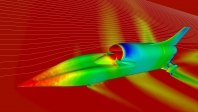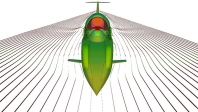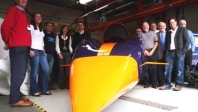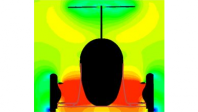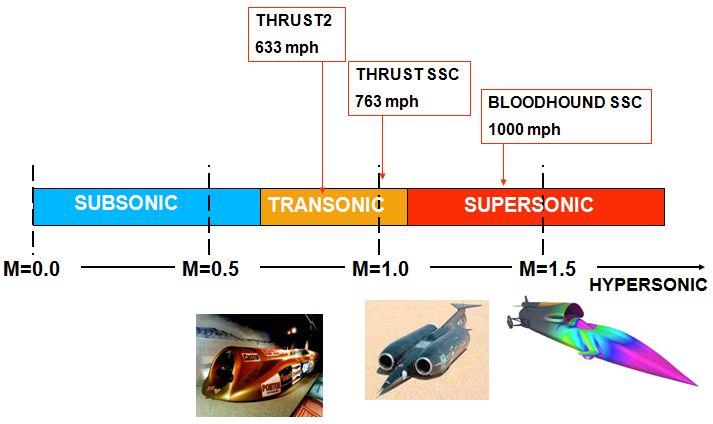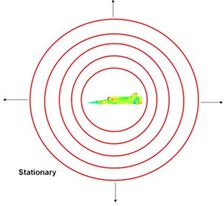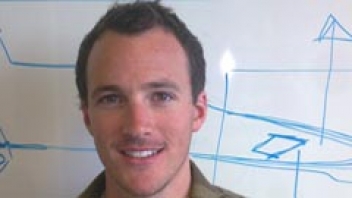
My Background
Ever since I can remember I have been fascinated by mathematics and physics. I have always enjoyed asking the question ‘….but why does it happen like that?’ and have sought to find answers to these ponderings and solutions to problems. I guess it was this mindset that naturally led me to want to take my Physics and Maths A-levels to the next step and really apply the theory I was learning in school to challenges in the ‘real world’. To me, one of the obvious ways of achieving this seemed to be to study Engineering. And so I embarked on a 4-year degree in Aerospace & Aerothermal Engineering at The University of Cambridge.
Over the four, at times very tough, years at Cambridge we covered a massively wide range of engineering disciplines but with emphasis on aerospace applications and power generation. At the end of my degree I felt that it was right for me to continue in academia and so embarked on a PhD at Swansea University in a field known as CFD (computational fluid dynamics).
It was becoming apparent to me that in the 21st century the vast majority of aerodynamics problems were being tackled, at least in part, using the new computational modelling techniques that Swansea had made itself famous for pioneering. My PhD research focussed on application of the finite element method of computational modelling to the governing equations of molecular gas dynamics, and in doing so predict macroscopic flow behaviour in terms of the underlying molecular kinetics.
It was the transition to Swansea that amazingly ended up providing me with the opportunity to get involved with the BLOODHOUND project and joining the design team to work on aerodynamics alongside Ron Ayers.
Working on the BLOODHOUND project
The Civil & Computational Engineering research team at Swansea University had already gained much trust due to their work on the ThrustSSC program and seemed the obvious choice for Ron and Richard Noble to be invited to get involved in the CFD research for BLOODHOUND.
I, very fortunately, found myself in the right place at the right time! I now work on developing computational models of the aerodynamic flows that BLOODHOUND will experience and in doing so help guide the vehicle design. These computational models have already influenced significant design aspects of BLOODHOUND including the front wheel configuration, the shape of the nose, the jet engine intake shaping, rear wheel fairings and wing shape and size. The CFD modelling continues to be one of the dominant tools used to develop the surface geometry of BLOODHOUND.
To see more about the work I do at Swansea University, see my profile page.
Ben's datafile:
|
Role: |
CFD Modelling |
|
Qualifications: |
A-levels: Pure Maths, Mechanics, Physics, Geography |
|
What do you do? |
Study the aerodynamics of BLOODHOUND SSC using computational modelling techniques to help understand how it will behave |
|
What did you do before working on Bloodhound SSC? |
Studying for a PhD at Swansea University |
|
What’s best about being part of the Bloodhound SSC team? |
Lots of fascinating scientific challenges to keep my brain entertained, and meeting lots of inspiring and interesting people |
|
What do you do in your free time? |
Surfing, making music, involved in my local church, flying aeroplanes, running, cycling, swimming |
|
What’s your favourite TV programme? |
I watch very little TV… but when I do I enjoy discovery channel documentaries |
|
What kind of music do you like? |
Jack Johnson, Radiohead and Drum & Bass |
|
What’s your favourite website? |
www.bloodhoundssc.com, of course! |
|
What’s your favourite computer game? |
MarioKart for Nintendo |
|
Not many people know this but … |
… I got a pilot’s licence when I was 17 |

